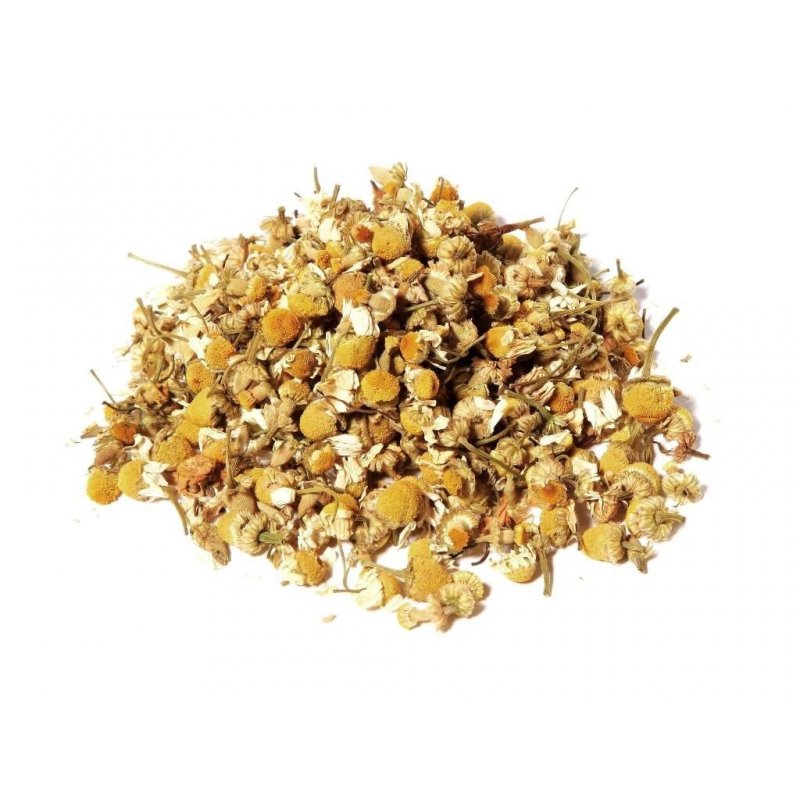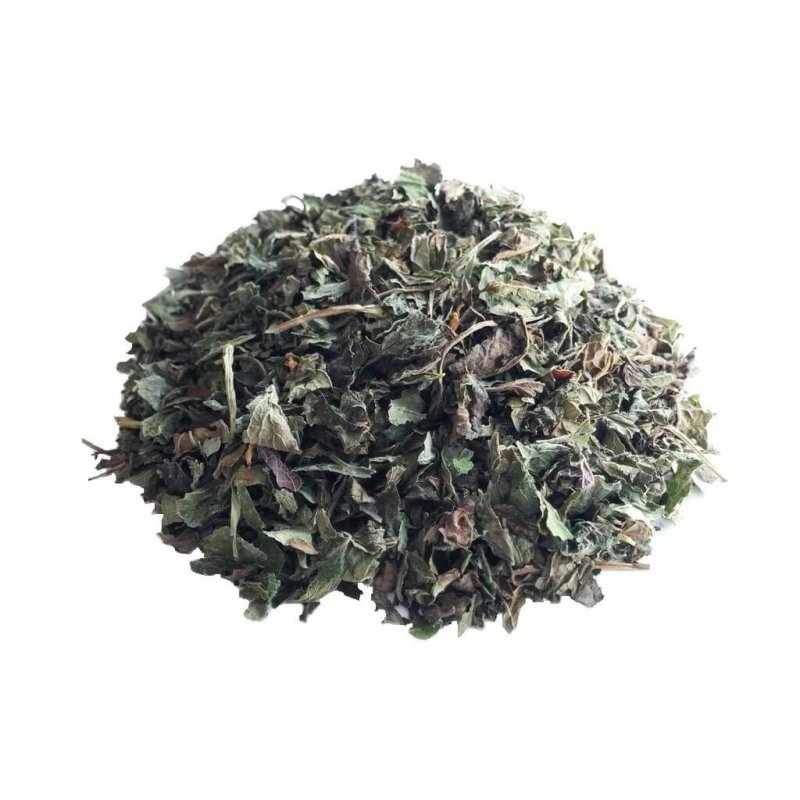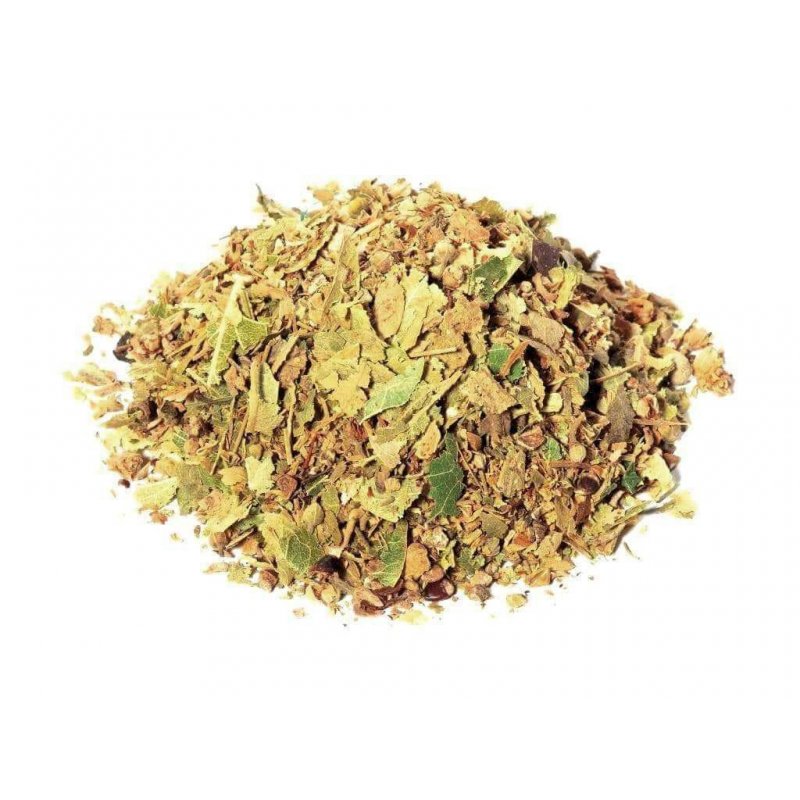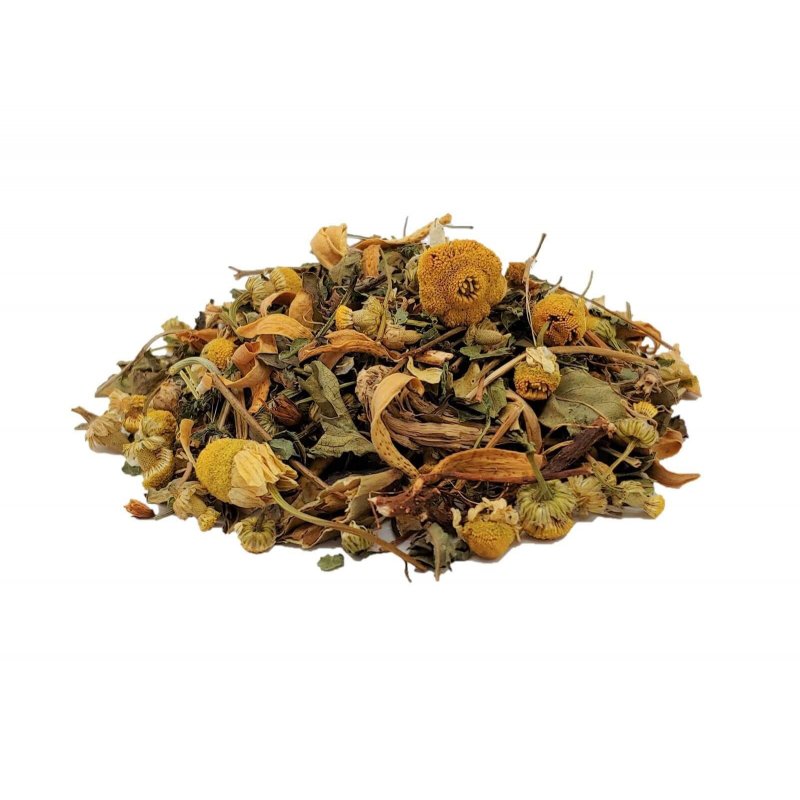Chamomile Herbal Tea Flowers (Matricaria Recutita)
Soothing | Digestive | Cramps

Fast delivery worldwide
Sent by: DHL, DPD, UPS, MRW, CTT
Chamomile Herbal Tea
Ingredients: 100% Chamomile, flowers (Matricaria Recutita L.).
Aroma: Sweet
Taste: Delicate and floral.
Curiosities:
Sacred in German and Egyptian cultures, chamomile is a herbaceous, annual, aromatic and medicinal plant in the Asteraceae family. The “Matricaria Recutita” is anti-inflammatory, antibacterial, antiallergic, antispasmodic, antiseptic, healing, analgesic and anxiolytic properties. The most common name used in the identification of this species of plant is “Chamomile of the Germans” due to its strong admiration by these people. It is used for gastrointestinal inflammations, colic, indigestion, morning sickness, fever, headaches, and stomach aches. Externally, it can contribute to the relief and treatment of eczema.
Chamomile tea is a good choice for children under the age of 6 who suffer from hyperactivity, even as excessive nervousness. In the consumption of this tea, white and yellow chamomile flowers are used, known for their pleasant sweet and intense aroma. Originally from North Africa, Chamomile can be used as a natural flavouring for cosmetic products and food purposes. Chamomile can also regulate sleep, alleviate symptoms of mild diarrhea and strengthen the immune system. In most cases, it is used as an intestinal tonic.
When used in cooking, chamomile is a versatile plant that pairs well with meat dishes, refreshments, and desserts.
Water temperature: 100º
Infusion time: 4 to 5 minutes.
Recommended quantity: 1 tablespoon to a liter (1L) of water. It should be consumed after meals and at bedtime.
Preparation: Place a tablespoon of chamomile flowers in a container with boiled water. Cover it, and let it rest for 4 to 5 minutes. After this time, you can consume it immediately, hot or cold.
Store in a dry (max. 20º) and cool (max. 60%) place.
Warnings: This plant should be avoided by pregnant women, babies, or anyone with hypersensitivity to its chemical components without prior medical advice.
NOTE: The image shown was made in our company, however, the type of cut and dimensions of the plant may vary from supply to supply or time of year.
Video




 Reviews
Reviews 


